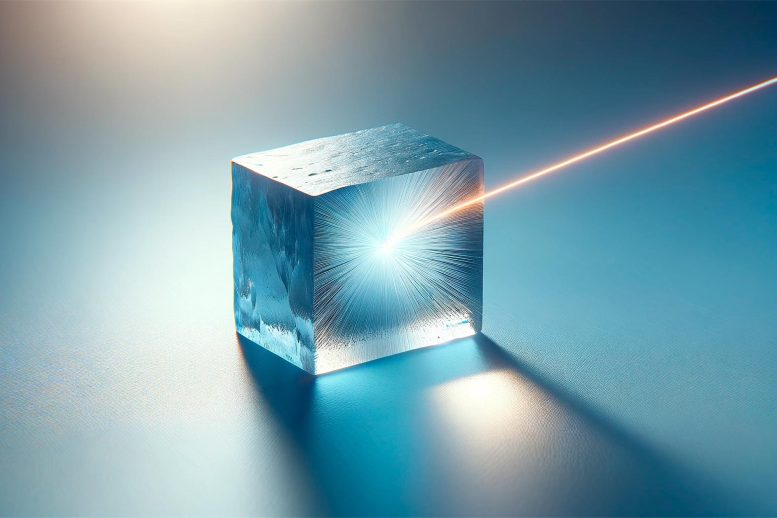
Utilizing distributed self-driving lab technology, the University of Toronto’s Acceleration Consortium rapidly identified 21 high-performing organic solid-state lasers (OSL) materials, marking a significant advance in molecular optoelectronics and paving the way for future materials discovery. (Artist’s concept). Credit: SciTechDaily.com
Six research teams from five global laboratories significantly shortened the materials discovery timeline from years to just a few months using self-driving labs.
Organic solid-state lasers (OSLs) offer significant potential for various applications thanks to their flexibility, color adjustability, and high efficiency. Nevertheless, they are challenging to produce. With the need for potentially over 150,000 experiments to identify viable new materials, fully exploring this space could take many lifetimes. In fact, in the previous few decades, only 10-20 new OSL materials have been tested.
Researchers with the Acceleration Consortium based at the University of Toronto, took up this challenge and used self-driving lab (SDL) technology that, once set up, enabled them to synthesize and test over 1000 potential OSL materials and discover at least 21 top performing OSL gain candidates in a matter of months.
An SDL uses advanced technologies such as artificial intelligence and robotic synthesis to streamline the process of identifying novel materials – in this case, materials with exceptional lasing properties. Up until now, SDLs have usually been confined to one physical lab in one geographic location. This paper titled “Delocalized Asynchronous Closed-Loop Discovery of Organic Laser Emitters” published in the journal Science, showcases how the research team used the concept of distributed experimentation, where tasks are divided among different research sites, to achieve the joint goal faster. For this research, labs from Toronto and Vancouver in Canada, Glasgow in Scotland, Illinois in the USA, and Fukuoka in Japan were involved.
Benefits of Distributed Experimentation
By using this method, each lab was able to contribute its unique expertise and resources- which ultimately played a key role in the success of this project. This decentralized workflow, managed by a cloud-based platform, not only enhanced efficiency but also allowed for the rapid replication of experimental findings, ultimately democratizing the discovery process, and accelerating the development of next-generation laser technology.
“What this paper shows is that a closed-loop approach can be delocalized, researchers can go all the way down from the molecular state down to devices and you can accelerate the discovery of materials that are very early in the process of commercialization,” said Dr. Alán Aspuru-Guzik, director of the Acceleration Consortium. “The team designed an experiment that went all the way down from molecule to device- with the final devices being made in Japan. They were scaled up in Vancouver and then transferred to Japan for characterization.”
The discovery of these novel materials represents a significant advancement in the field of molecular optoelectronics. It has paved the way for enhanced performance and functionality in OSL devices and set a precedent for future delocalized discovery campaigns in the field of materials science and self-driving labs.
Reference: “Delocalized, asynchronous, closed-loop discovery of organic laser emitters” by Felix Strieth-Kalthoff, Han Hao, Vandana Rathore, Joshua Derasp, Théophile Gaudin, Nicholas H. Angello, Martin Seifrid, Ekaterina Trushina, Mason Guy, Junliang Liu, Xun Tang, Masashi Mamada, Wesley Wang, Tuul Tsagaantsooj, Cyrille Lavigne, Robert Pollice, Tony C. Wu, Kazuhiro Hotta, Leticia Bodo, Shangyu Li, Mohammad Haddadnia, Agnieszka Wołos, Rafał Roszak, Cher Tian Ser, Carlota Bozal-Ginesta, Riley J. Hickman, Jenya Vestfrid, Andrés Aguilar-Granda, Elena L. Klimareva, Ralph C. Sigerson, Wenduan Hou, Daniel Gahler, Slawomir Lach, Adrian Warzybok, Oleg Borodin, Simon Rohrbach, Benjamin Sanchez-Lengeling, Chihaya Adachi, Bartosz A. Grzybowski, Leroy Cronin, Jason E. Hein, Martin D. Burke and Alán Aspuru-Guzik, 17 May 2024, Science.
DOI: 10.1126/science.adk9227


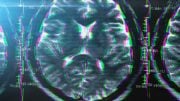

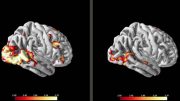
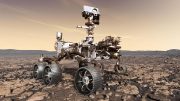

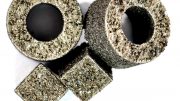
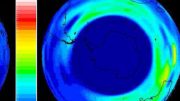
Be the first to comment on "21 New Laser Materials Uncovered in Groundbreaking Global Study"